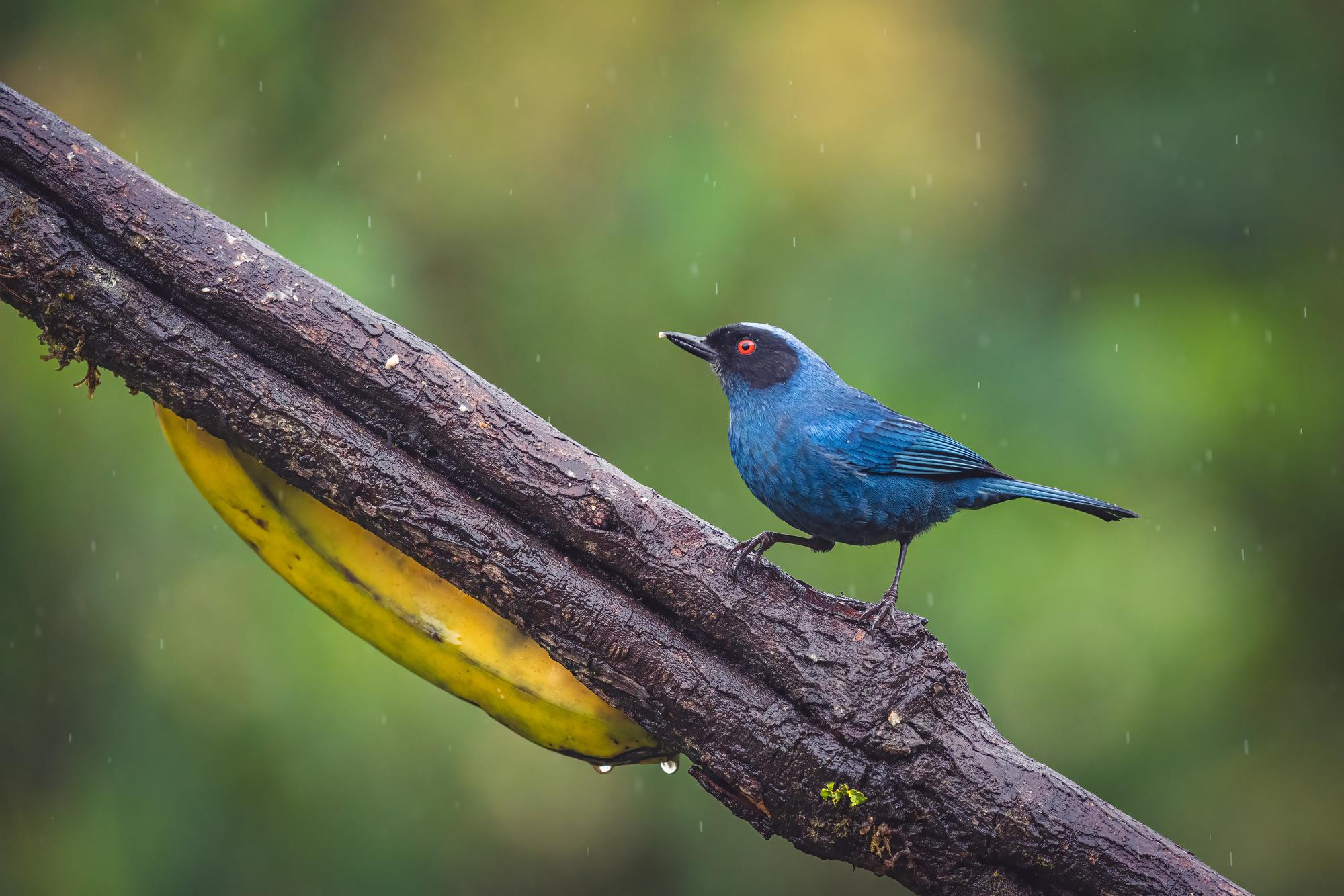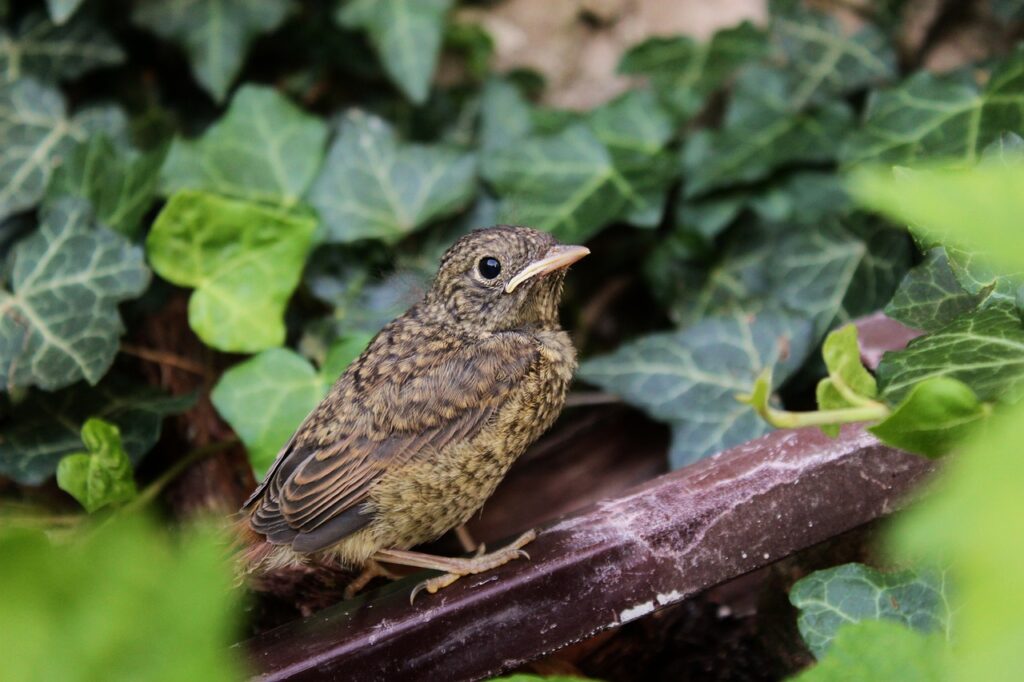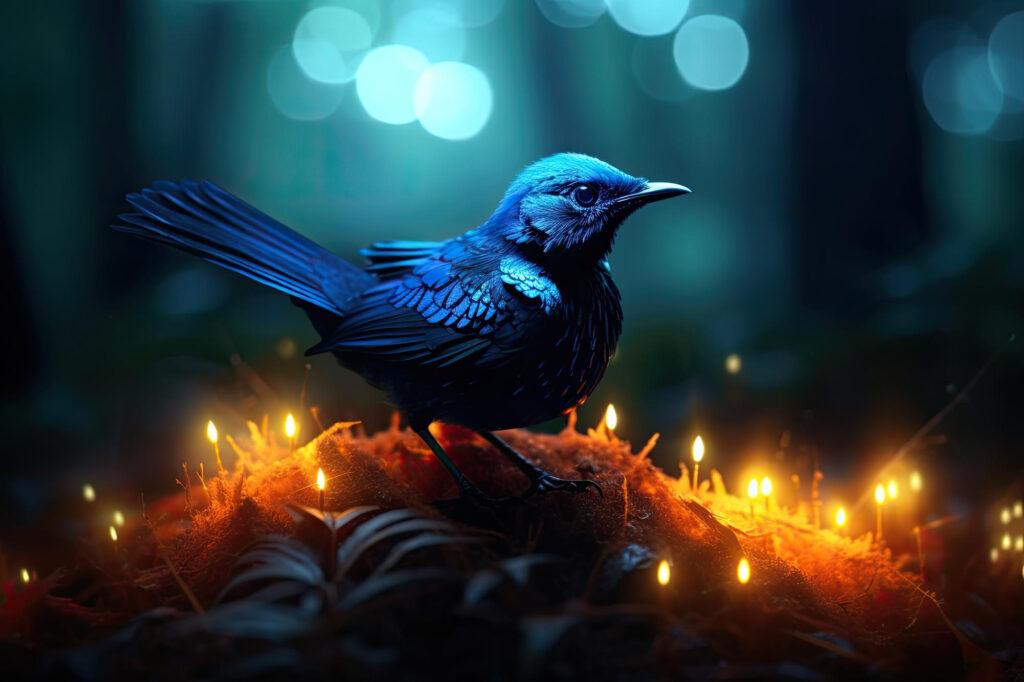🔹 Introducing John Keats (1795–1821): A Poet of Intensities
John Keats stands as one of the most luminous figures of the English Romantic movement—a literary era that privileged emotion, nature, individualism, and the imagination over rationalism and neoclassical restraint. Born in London in 1795, Keats’ life was tragically short; he died of tuberculosis at the age of 25. Yet in a mere six years of poetic maturity, he produced some of the most sensuous and philosophically profound poetry in the English canon.
Unlike his contemporaries Byron and Shelley, Keats came from a humble background and never attended university. However, his deep love for classical literature, his medical training, and his emotional sensitivity all contributed to a poetic voice that was both intellectually refined and deeply human.
Keats was a poet of sensation and intensity—he believed that poetry should not simply state philosophical truths but should embody them in richly imagined experiences. His poetry engages the body and the soul, the senses and the spirit, often blurring the boundaries between dream and reality, pain and pleasure, beauty and death.

🔹 “Ode to a Nightingale” (1819): A Lyrical Masterpiece Born of Suffering and Wonder
“Ode to a Nightingale,” written in the spring of 1819 at Hampstead Heath, is one of Keats’ six celebrated odes composed in that annus mirabilis. It emerged from a period of profound emotional turmoil: Keats was grieving his brother Tom’s recent death from tuberculosis (the same illness that would claim his own life), while also suffering from his own declining health and an uncertain romantic attachment to Fanny Brawne.
The poem is a meditation on the nightingale’s song—an eternal, carefree voice that seems to float beyond the pain and impermanence of human life. The speaker, who begins the poem in a state of “heartache” and “drowsy numbness,” becomes entranced by the bird’s song and contemplates various forms of escape: wine, poetic imagination, and even death itself. However, he ultimately awakens to the inescapable realities of human suffering and mortality.
🔹 Keats’ Poetic Style: The Art of Negative Capability and Sensuous Imagination
Keats’ poetic signature lies in his sensuous imagery, emotional depth, and what he famously termed “negative capability”—the ability to dwell in uncertainties, mysteries, and doubts without “irritable reaching after fact and reason.” This concept, which he described in a letter to his brothers, represents his willingness to accept ambiguity and complexity rather than seek neat philosophical answers. In “Ode to a Nightingale,” this is embodied in the speaker’s oscillation between ecstasy and despair, reality and fantasy.
✦ Sensory Imagery:
Keats’ poetry is marked by a lush, almost tactile imagery. In “Ode to a Nightingale,” he evokes:
“A beaker full of the warm South,
Full of the true, the blushful Hippocrene…”
His lines immerse the reader in a world of color, scent, taste, and sound—transforming abstract emotions into vividly embodied experiences.
✦ Hellenism and Myth:
Keats had a deep reverence for the art, beauty, and mythology of ancient Greece, which is evident in references like:
“Away! away! for I will fly to thee,
Not charioted by Bacchus and his pards…”
This mythological allusiveness adds a timeless, universal resonance to the speaker’s personal anguish.
✦ Romantic Predicament:
Keats often wrestled with the Romantic dilemma: the pursuit of ideal beauty and transcendence versus the inevitability of death and decay. In this poem, the nightingale becomes a symbol of immortal beauty, yet the speaker must return to the mortal world, concluding with the haunting question:
“Was it a vision, or a waking dream?
Fled is that music:—Do I wake or sleep?”
This unresolved ending encapsulates the Romantic struggle between visionary aspiration and human limitation.
🔹 Publication Context and Legacy
“Ode to a Nightingale” first appeared in Annals of the Fine Arts in July 1819 and later in Keats’ 1820 volume of poems, which included all six of his major odes. Though Keats was largely unrecognized during his lifetime and even mocked by some critics, his posthumous reputation soared. Today, he is celebrated for his unmatched lyricism and philosophical depth.
🔹 Conclusion: The Immortal Bird and the Mortal Poet
In “Ode to a Nightingale,” Keats offers us more than a lyrical reverie on birdsong; he invites us into a deeply human confrontation with ephemerality, imagination, and longing. The poem becomes a mirror for our own existential queries—asking whether beauty can outlast suffering, whether the imagination can provide refuge from pain, and whether art can truly transcend death.
Keats’ genius lies in his refusal to answer these questions with certainty. Instead, he gives us poetry that dwells in mystery, honors the senses, and lingers in the heart. Through the eternal nightingale, Keats lets his own poetic voice take flight—one that continues to sing to us across time.



